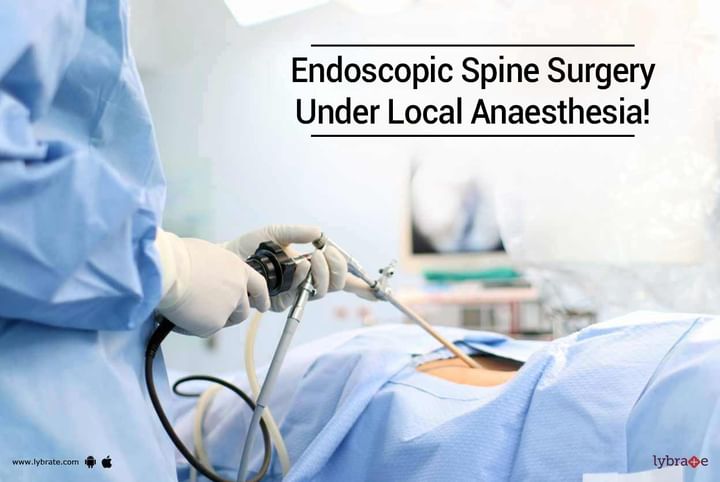Endoscopic Spine Surgery Under Local Anaesthesia!
Your spine or backbone is composed of 26 bone discs, known as vertebrae. The vertebra shields your spinal cord and allows you to bend forwards and backwards, and stand. However, a number of problems, such as the following can change the structure or cause the vertebrae and its surrounding tissues to become damaged –
• Injuries
• Infections
• Tumours
• Changes in bone formation due to ageing – herniated disks, spinal stenosis
• Conditions like scoliosis and ankylosing spondylitis
Spinal disorders often lead to pain and discomfort when bony projections put pressure on the spinal nerves or cord. Over time, spinal disorders limit movement and reduce flexibility.
Treatment varies depending on the disease, ranging from medications and therapy to bracing and surgery.
Endoscopic Spine Surgery: what is it?
Contradictory to traditional open surgery, the new age endoscopic surgery is a minimally invasive procedure used to detect and treat a disorder. Unlike open surgery, minimally invasive endoscopic surgery does not require the patient to undergo general anaesthesia. The procedure is possible under local anaesthesia, considering the fact that it can be performed without cutting open the portion of the surgery site.
How does surgery work?
During the procedure, the surgeon first administers local anaesthesia to numb the site of the operation. You will be awake during the entire procedure but will not feel any pain. Then, he/she will make a small incision and insert a slender, tubular instrument – known as an endoscope – with a camera attached on one end through the soft tissues and skin, down to the spinal column. This allows the surgeon to get a clear view of the spinal tissues and understand where the problem exists. The endoscope holds the muscles open, allowing the surgeon to remove the damaged tissues or disk.
Endoscopic spine surgery preserves normal mobility, as the spine is not fused with rods and crews. When performed under an experienced surgeon, the procedure takes less than an hour.
Benefits of the Procedure -
The advantages of going for endoscopic surgery are the following –
• Local anaesthesia
• Surgery and discharge on the same day
• Microscopic incisions
• No removal of bone or muscles
• Zero or minimal blood loss
• Preserves spinal mobility
• Immediate recovery
• Reduced intake of pain medicines
• The high rate of success
• Improved quality of life
Minimally invasive endoscopic surgery has made it possible to rectify spinal problems and disorders without having to go under the knife. With less pain and quicker recovery, you can improve your spine health and get back to your usual activities in a day or two.
Consult a specialist and discuss the procedure in detail before opting for the same.



+1.svg)
